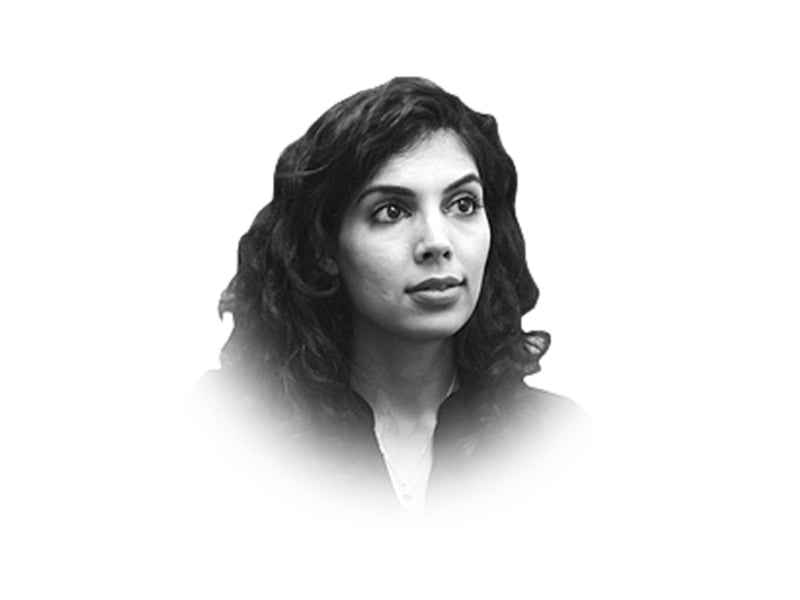
Baloch was the only one to turn a conversation about peace in Pakistan, to one about social justice. He may have been trying to divert the conversation away from one about militancy, but the idea was relevant. It coincided more with the findings of the report, “Understanding the Dynamics of Conflict and Peacebuilding in Pakistan: A Perception Survey”, by Search for Common Ground (SCFG) and the Sustainable Development Policy Institute (SDPI), than the conversation at its launch at Serena.
For urban and rural Khyber-Pakhtunkhwa (K-P) and Fata, the report states, “On average, political parties, religious groups, and feudals combined were perceived as the main actors in conflict by about half the respondents, followed by militant and extremist groups at 30 per cent.” In the national urban survey, “Social inequities between the rich and the poor (34 per cent), the powerful and powerless … were amongst the highest ranked reasons for conflict in all districts.”
When asked how to define conflict, survey respondents had a sophisticated view. The majority defined conflict as a difference in perspectives or opinion. In K-P and Fata, only some respondents — just 35 per cent in Peshawar — included the presence of violence or war in their definition. However, people in other urban areas, and especially in Gilgit, included violence at a high rate.
Underdevelopment may or may not lead to war, but the idea that social injustice in itself is a form of violence is supported by political philosophy.
When Johan Galtung, founder of the discipline of peace and conflict studies, expounds on the meaning of violence he writes, “‘War’ is only one particular form of orchestrated violence … how narrow it is to see peace as the opposite of war …”. Instead, he talks about social, structural violence, which often has “exploitation as a centrepiece.” In a violent structure, he writes, “some, the top dogs, get much more out of the interaction in the structure, than others, the underdogs”.
The result is that a category of society experiences daily violence as an inability to fulfill basic human needs.
When faced with the term ‘conflict’, we see the violence that threatens us, physically and socially. Overwhelmingly, the SFCG/SDPI survey respondents understood the term to mean social conflicts and indirect violence. The discussion among societal top dogs, at Serena in Islamabad, reflects a much narrower view. Their discussion quickly assumed that these terms referred to militancy and overt violence. In her closing remarks, former ambassador Sherry Rehman related the discussion to violent intolerance and the threats she receives.
The point is a natural one: we should not escape a discussion on conflict in Pakistan without addressing violence as most citizens experience it on a daily basis. The SFCG/SDPI report tells us that most Pakistanis see ‘conflict’ as intricately tied to an unfulfilled demand for social justice and peace as more than the absence of war. In Quetta, for example, the major causes of conflict were identified as weak governance, exacerbated by a lack of accountability and leading to corruption in service delivery.
The rhetoric of the religious right heavily employs the language of social justice and welfare. For them, it is not just political language. Since its advent, Islam has always spoken to the underdogs of society. Peace and justice are mutually reinforcing concepts. The state of peace, for individuals and society, is seen as a state where justice is in abundance.
Like most rebel movements, which challenge the authority of a perceived ‘unjust’ state, insurgent groups in Pakistan survive not only on fear, but also on a mix of popular support and a demonstrated ability to co-opt power and resources for its followers. They deploy violence in the name of justice, while governments respond with violence in the name of peace. People may suffer war in hopes of a more equitable future. They may not subscribe to the promise of peace from a cocktail of ruling powers perceived to be unjust.
The international community, which drives the discourse about Pakistan even within Pakistan, also defines conflict in relation to itself. It is largely concerned with manifest, overt violence that has the potential to extend beyond Pakistan’s borders. But Pakistanis must decide if building peace in Pakistan means a more equitable distribution of power and resources, and giving equal importance to the daily violence that we have learned not to see.
Published in The Express Tribune, October 22nd, 2013.
Like Opinion & Editorial on Facebook, follow @ETOpEd on Twitter to receive all updates on all our daily pieces.
COMMENTS (10)
Comments are moderated and generally will be posted if they are on-topic and not abusive.
For more information, please see our Comments FAQ







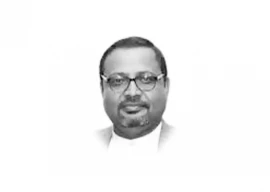

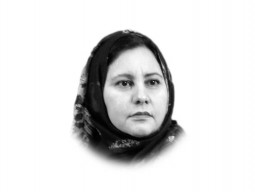

1735283394-0/sidra--(9)1735283394-0-270x192.webp)


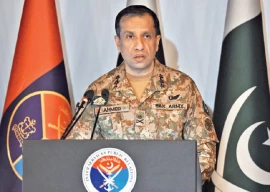
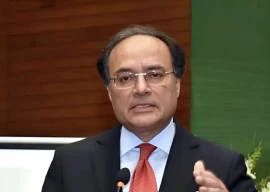
1720030784-0/Smog-free-Lahore-(14)1720030784-0-270x192.webp)


@Pakistani: I do live here, in Pakistan. It's also good for national media to take in international perspectives. If we disagree with international perspectives, then it's better to engage it rather than to shut it out. Isolationism doesn't get countries very far these days. Thanks, Nadia (the author)
I have a very simple questions. How did you become an expert on Pakistan when you don't even live here (or visit rarely). Nothing personal but i think there should be a minimum criteria for the articles to be published.
@pakiindi:
Yes Sir, I do not agree. In my view we should not have started our attack on J&K, and waited for Raja Hari Singh to make up his mind like India did. We should have thereafter gone to UN if the Raja chose India. We lost Kashmir due to our hasty unwise action.
@pakiindi: Maybe Kashmir should have been left alone in 1947-48 and life would have been slightly easier for the average Pakistani. No one else to blame except the great leaders who got independence cause in thinking strategically and long term they were completely inept.
We would have been spared all this violence and turmoil if in 1947-48 we had been able to capture Kashmir fully and finally. Anyone not agreeing?
We have much to learn. Just see this from Malaysia.
Promoting Religious tolerance the Malaysian way..........
http://www.bbc.co.uk/news/world-asia-24619018
Lack of social justice is not the reason for militancy in Pakistan or a demand that Pakistan have a Sharia based system. Economic inequality finds expression in leftist philosophy like Marxism and Leninism -- like in Latin America and India. Social injustice cannot create a right of center movement or religiosity, real or fake.
@Curious: what sets us apart from other countries which have inequalities is that we are in a state of war. We need to acquire peace... but attempting to achieve it by stepping over justice, is a mirage.. Killing the likes of red mosque due to the greed to gain respect in the international society rather than countering the likes of LeJ who have actually killed many innocent citizens, can in no way lead to peace. We need to counter criminals, who have actually killed and/or kidnapped our innocent citizens rather than a more generalized war that attempts to supress an ideology.
Pakistani perception of justice is "Whatever is in my/my family/my tribe/my ethnicity/my country/my religion (in that order) favour is Justice, what is not is Injustice"
The analysis looks superficially correct. But on closer examination it is a huge fallacy. There are many, many, many countries in the world, where there is tremendous income inequality. where and power and resources are not distributed fairly. But these countries are not producing terrorists who threaten their own country and others.
You got the theory totally wrong. You know the answer.